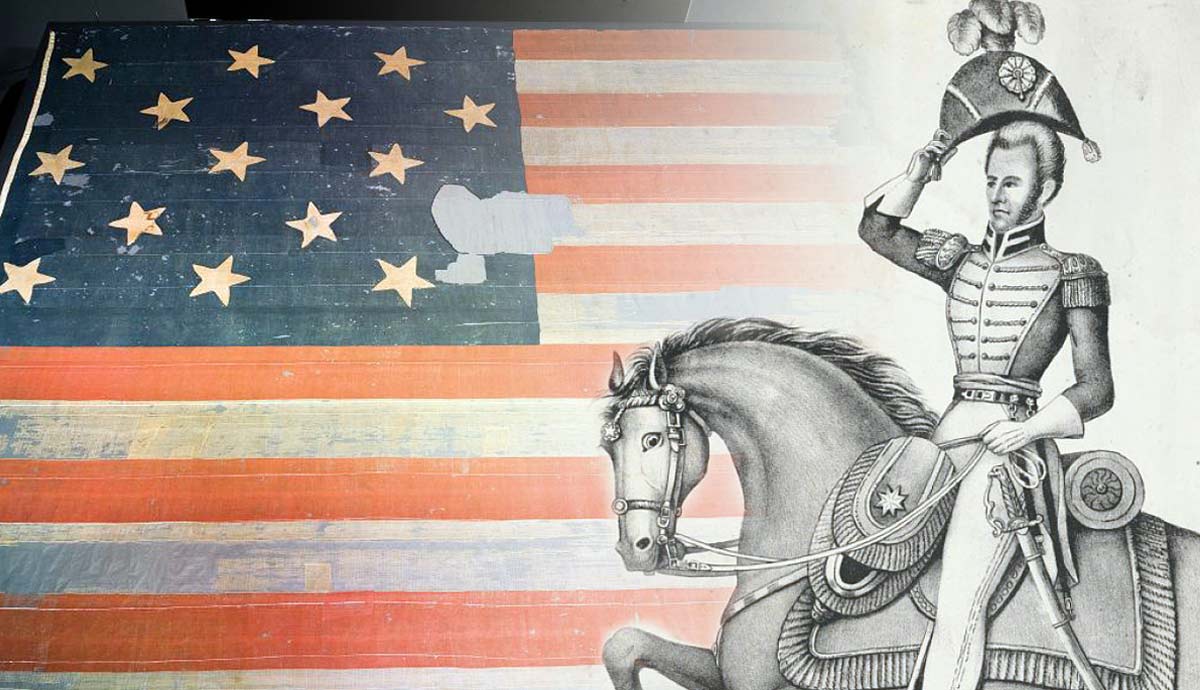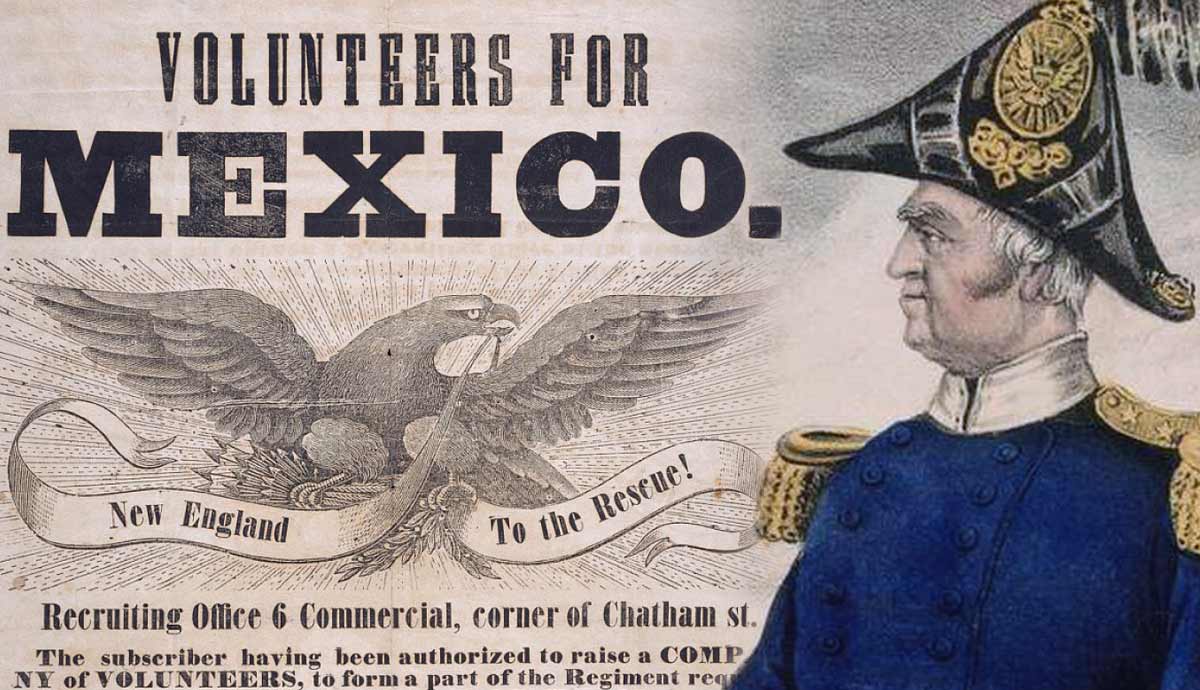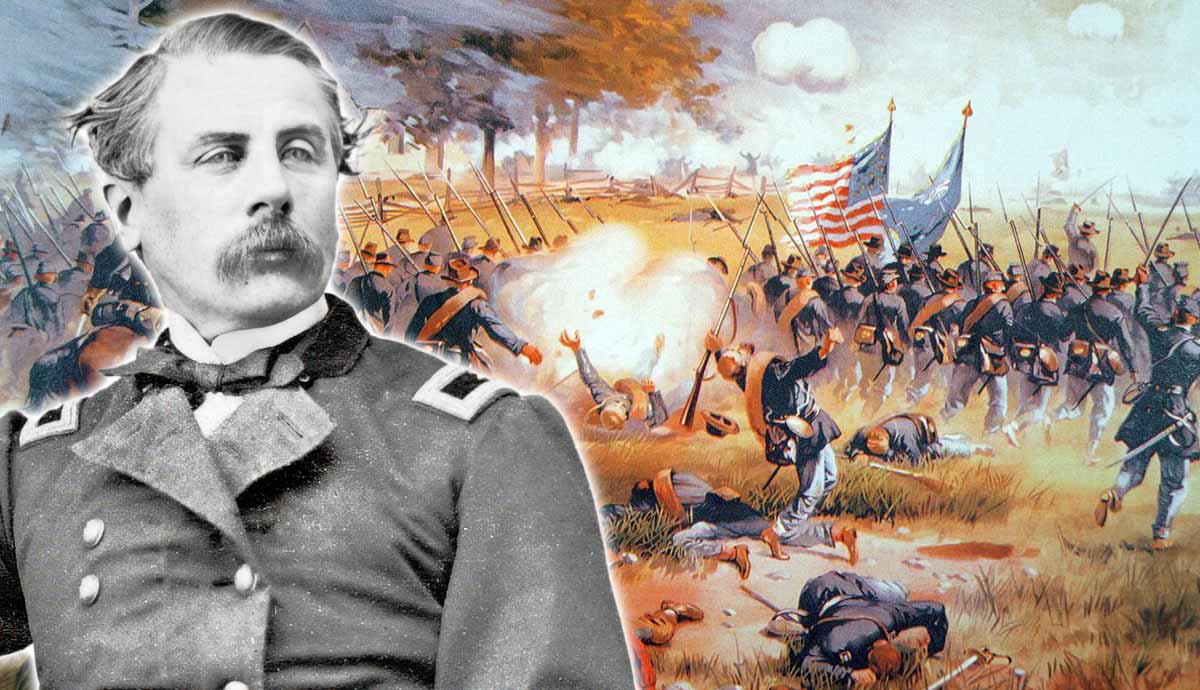
After more than two years of fighting on several fronts, the United States and Britain made peace with the Treaty of Ghent in December 1814, bringing an end to the War of 1812. While the agreement restored territory to the prewar status quo, both the United States and Britain experienced lasting political, economic, and military effects. While the War of 1812 fostered the development of a peaceful and harmonious relationship between the two leading belligerents, it had disastrous secondary effects for Britain’s Native American allies.
The Treaty of Ghent

Signed on December 24, 1814, the Treaty of Ghent brought an end to hostilities between the United States and Britain. While each side agreed to return any occupied territories to their prewar owners, the agreement failed to address some of the most significant causes of the War of 1812: British impressment of American sailors and British interference in American trade with France. It did, however, have tangible results for each side.
The Treaty of Ghent outlined the exchange of prisoners of war to their respective countries and established commissions to remedy border disputes between American and British territory, particularly in the Great Lakes and Niagara regions. On paper, the Treaty of Ghent stated that Native American lands captured during the war were to be restored and returned to their respective tribes, but American political and military leaders failed to extend this accommodation to tribal peoples after the war.
Much like the inadequacies of the Treaty of Paris following the American Revolutionary War, resulting in the Jay Treaty one decade later, additional negotiations were introduced to remedy major shortcomings of the Treaty of Ghent. The 1817 Rush-Bagot Agreement limited naval armaments on Lake Champlain and the Great Lakes, reducing the prospect of further hostilities near a major area of contention during the war. The following year, the Convention of 1818 resolved territorial disputes between the United States and British Canada.
Geopolitical Outcomes for the United States

Following the War of 1812, the United States experienced a decade-long period of national unity known as the “Era of Good Feelings.” Before the war, the Federalist Party opposed hostilities with England. A political faction that favored a strong national government, Federalist leaders included John Adams, John Jay, and Alexander Hamilton. After the war, the party lost its credibility and influence, resulting in a national one-party system under the Democratic-Republicans. However, the dominant party adopted many Federalist ideas including protective tariffs and infrastructure improvements that it had previously opposed.
During this era of national confidence, the United States adopted an assertive foreign policy in the form of the Monroe Doctrine of 1823, which warned European powers from seeking to restore their colonial empires in the Americas. While the United States did not yet have the naval capacity to enforce the Monroe Doctrine, the close relationship with Britain after the War of 1812 ensured that the United States would have the backing of the Royal Navy.
By 1819, the nation expanded to the south by acquiring the state of Florida from Spain through the Adams-Onis Treaty, and the United States continued its westward expansion driven by the Louisiana Purchase and the Lewis and Clark Expedition prior to the War of 1812. While the war and subsequent policy did remove British control and reduce Native American resistance, it did not negate tribal protections of their land west of the Appalachian Mountains in uncharted territories.
Economic Outcomes for the United States

The United States witnessed positive geopolitical outcomes of the War of 1812, but the economic impact was catastrophic. The War of 1812 additionally strained the American economy through disrupted trade and agricultural production, causing inflation and food shortages, with domestic prices of goods and services experiencing a 30% increase by 1815 as a result. The American government was on the brink of bankruptcy after the British sacked Washington, but the country rebounded quickly after the war.
While the British blockade of international trade routes remained active during the War of 1812, barriers to trade reduced significantly after the Treaty of Ghent in accordance with a desire for improved relations between the historic enemies. The end of the Napoleonic Wars in 1815 ended the British blockade of French trade and reduced the navy’s manpower requirement, effectively bringing an end to impressment of American sailors without a formal commitment to do so.
By the 1820s, both the manufacturing and agrarian economy were gradually recovering from the wartime impact, but continued economic uncertainty encouraged westward expansionism. Settlers like Davy Crockett ventured west to seize new economic opportunities and better livelihoods than they had back in the east.
The War of 1812 exposed systemic vulnerabilities in critical infrastructure like poorly constructed and defended government buildings which were set ablaze in Washington DC. After making peace with Britain, the United States had the opportunity to invest in infrastructure improvements. The 19th century saw the development of canals and railroads, as well as iron and steel production, textiles, and factory-based manufacturing.
Geopolitical and Economic Outcomes for Britain

While England suffered significant defeats in battle during the latter stages of the War of 1812, notably at Lake Erie and New Orleans, the conflict was not considered a priority during the Napoleonic Wars. A return to the status quo in Treaty of Ghent was interpreted as a favorable end to combat, and the freeing up of military assets in North America was crucial in Britain’s efforts to confront Napoleon after his return to power during the Hundred Days.
While British Canada emerged intact from the War of 1812, their Native American allies were militarily and territorially weakened. The British were compelled to increase their defenses along the Canadian frontier to counter the potential of further American expansion to the north. Much like the United States, Britain experienced serious economic difficulties in wartime before enjoying a significant rebound. The country faced a sizable increase in its national debt and restricted international trade during simultaneous wars on two continents. However, Britain quickly recovered after 1815, witnessing major advances in industrialization and manufacturing. Most importantly, the War of 1812 significantly improved relations between Britain and the United States, which continues to this day.
Native American Outcomes

Of all the parties involved in the War of 1812, Native American tribes suffered the most catastrophic outcomes by the conflict’s end. After suffering considerable losses at the Battle of Tippecanoe and the Battle of Thames, Tecumseh’s Confederacy effectively dissolved. Once a promising symbol of Native American autonomy and unity, the collective did not survive long after its charismatic leader’s death in 1813. Consequently, the War of 1812 left many Native American tribes isolated from potential allies and unable to resist American expansionism.
While the Treaty of Ghent called for the return of Native American lands to their rightful inhabitants, the United States was unwilling to give up its considerable territorial gains at the expense of Native American peoples. After being defeated by Andrew Jackson’s forces, the Creek Indians were forced to give up over 20 million acres of land in the 1814 Treaty of Fort Jackson. Three years later, the Treaty of Fort Meigs ceded Shawnee and Wyandot lands in the Ohio Valley.
By 1830, the continued expansion of American settlers into Native American lands in the wake of the War of 1812 led President Andrew Jackson to sign the Indian Removal Act. This controversial law opened the door for nearly two decades of forced removals of Native American tribes from their ancestral lands east of the Mississippi to present-day Oklahoma. Although Native American peoples like the Choctaw and factions of the Cherokee and Creek Indians were allies with the United States during the war, they were not spared from the trauma of the Trail of Tears.
Lasting Effects

The War of 1812 left both positive and negative lasting effects on the North American continent and Britain. For the United States, long-term consequences of the conflict included a strengthening of national identity and a sustained period of economic growth up to the American Civil War. Francis Scott Key’s poem about the “star-spangled banner” that continued to fly amidst the bombardment of Fort McHenry at the Battle of Baltimore became a popular patriotic song before being adopted as the United States’ national anthem in 1931.
For America and Britain, improved relations following the Treaty of Ghent has led to arguably one of the most significant alliances in recent history. During the 20th century, Britain and the United States were major Allied Powers in both World War I and World War II, and strong levels of economic and military cooperation continue into the 21st century. Without the War of 1812 to smooth out the remaining kinks from America’s initial struggle for independence, the Anglo-American “special relationship” might not be as close as it is today.
Alongside these significant longstanding gains, the conflict also had major negative repercussions. Modern society recognizes the generational mistakes in how the United States treated Native American populations in the 19th century. While the War of 1812 was primarily intended to remedy the United States’ grievances with Britain, its outcomes were highly detrimental to the Native American tribes on both sides of the conflict. It is possible to conclude that while both Britain and the United States won the War of 1812, the Native Americans lost.










